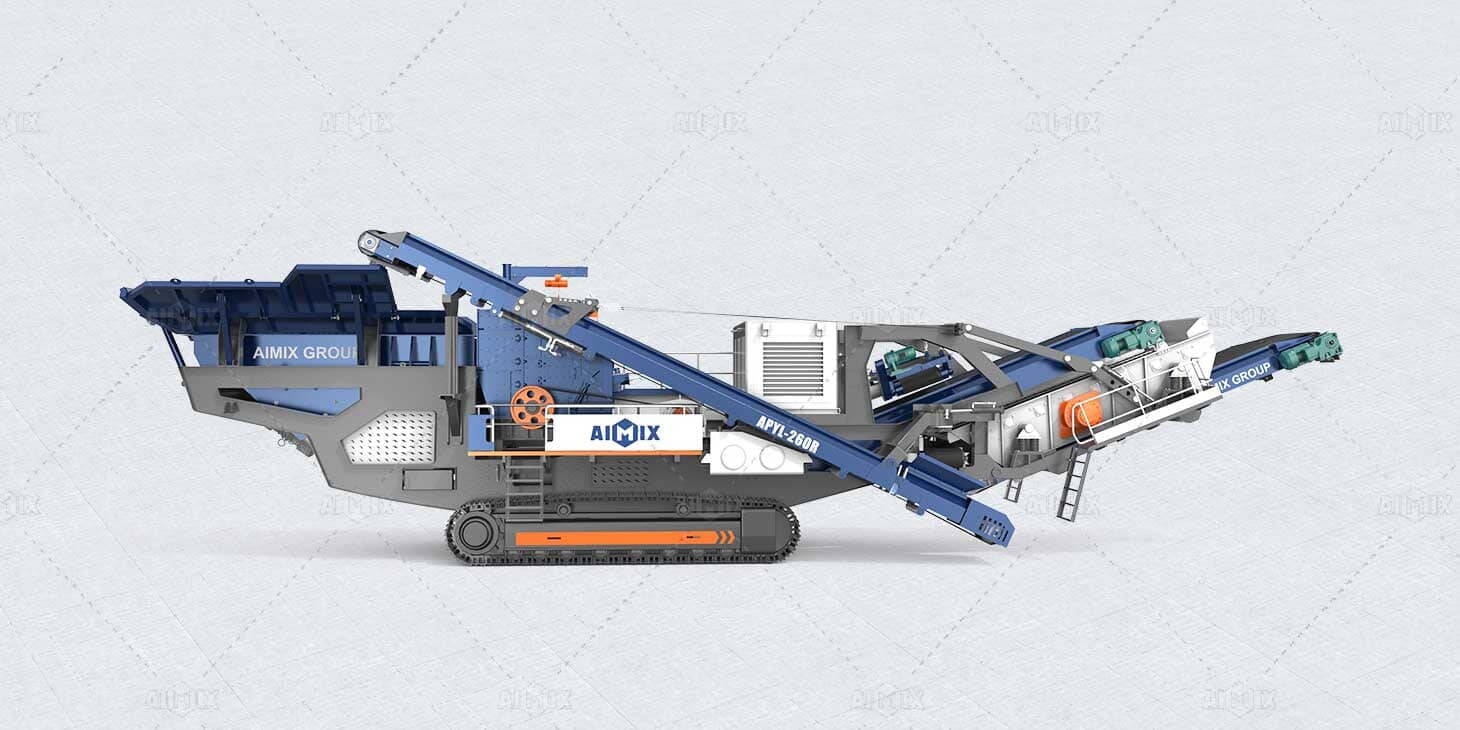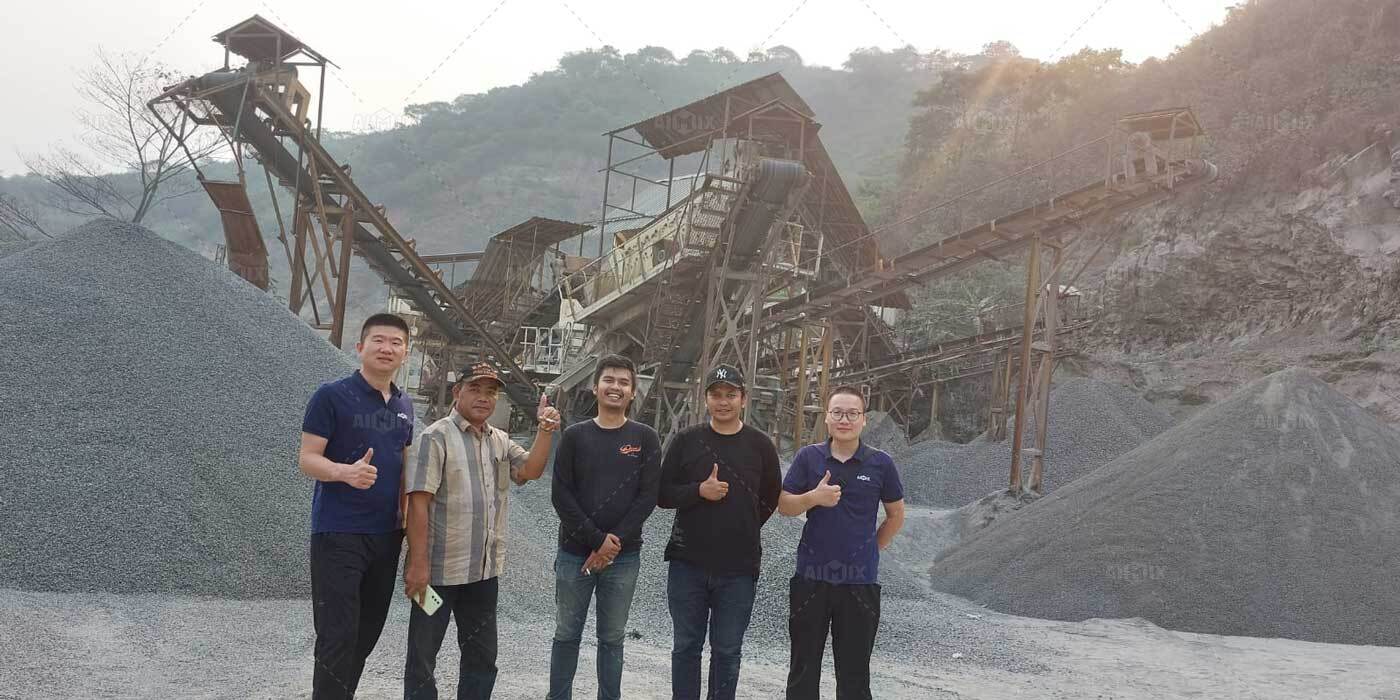In the world of aggregate production, crusher settings play a pivotal role in determining the efficiency and output quality of operations. Whether it's for producing sand, gravel, or crushed stone, fine-tuning crusher settings can make the difference between optimal performance and subpar results. Understanding how different settings affect production will help you optimize throughput, reduce costs, and improve the quality of your end product. This guide breaks down the key aggregate crusher settings and their impact on aggregate production.
Understanding Crusher Settings and Their Importance
Crusher settings, in their simplest form, refer to the adjustments made to control the size and shape of the material being processed. These settings determine the output's size distribution, particle shape, and overall material quality. The ability to manipulate these settings is crucial for producing aggregates that meet industry standards. Factors such as feed size, crusher speed, and the gap between crushing components all contribute to the overall performance and efficiency of the operation.

Adjusting for Particle Size
One of the most critical settings to consider is the gap adjustment, which directly influences the particle size of the output. By decreasing the gap between the crusher's working components, you create smaller aggregates, while increasing the gap produces larger material. Properly adjusting this setting ensures that the aggregates meet specific size requirements, whether for construction, landscaping, or roadwork. Balancing the size is essential for preventing material over-crushing or under-crushing, both of which can reduce efficiency and quality.
Impact of Crusher Speed on Output Quality
Crusher speed is another pivotal factor that directly affects the shape and consistency of aggregates. Faster speeds typically result in finer particles, as the impact crusher components exert more force on the material. However, this can lead to more wear and tear on the machine and increase maintenance costs. Conversely, slower speeds produce coarser aggregates, but may not fully optimize material processing. Finding the sweet spot for speed ensures that the aggregates are of the right texture and quality while maximizing operational efficiency.

Choosing the Right Settings for Different Applications
Not all aggregate production processes require the same settings. Depending on the specific materials and applications, settings should be adjusted accordingly. For instance, producing crushed stone for concrete might demand a different configuration than producing sand for asphalt. The material characteristics, such as hardness, abrasiveness, and moisture content, also influence how the stone crusher for sale should be set. Customizing the settings to match these factors ensures that production stays efficient while meeting the exact specifications for the end-use.
Feed Size and Material Characteristics
The initial size and type of feed material are essential when determining crusher settings. Harder materials, such as granite or basalt, require tighter settings to effectively break them down, while softer materials like limestone may need looser settings. It's also essential to adjust settings based on the moisture content of the feed material. Wet aggregates can cause clogging, making it necessary to widen the gap between components or adjust the speed to avoid blockages and enhance throughput.
Conclusion
Understanding and adjusting crusher settings is a fundamental aspect of optimizing aggregate production. By paying attention to factors like particle size, crusher speed, and material characteristics, businesses can enhance both the efficiency and quality of their production process. Fine-tuning these settings ensures that aggregate production runs smoothly, meets the desired specifications, and minimizes waste. Whether you're working with a jaw crusher, cone crusher, or impact crusher, knowing how to adjust the settings for maximum output is crucial for long-term success.

